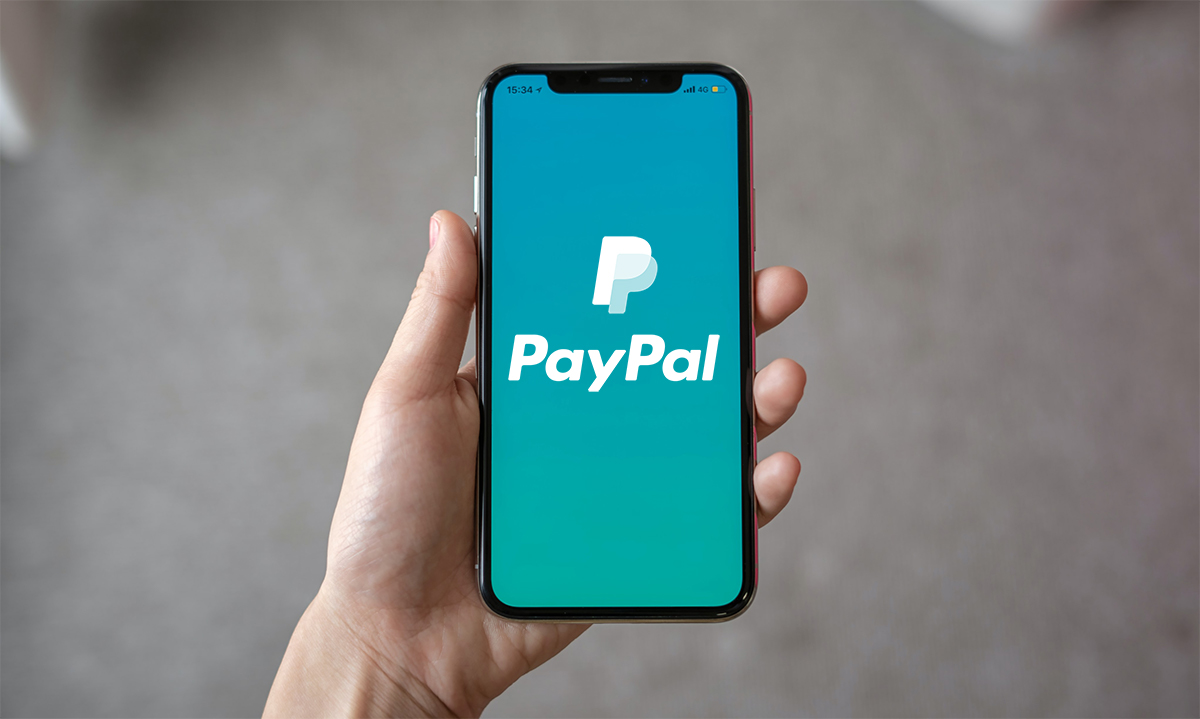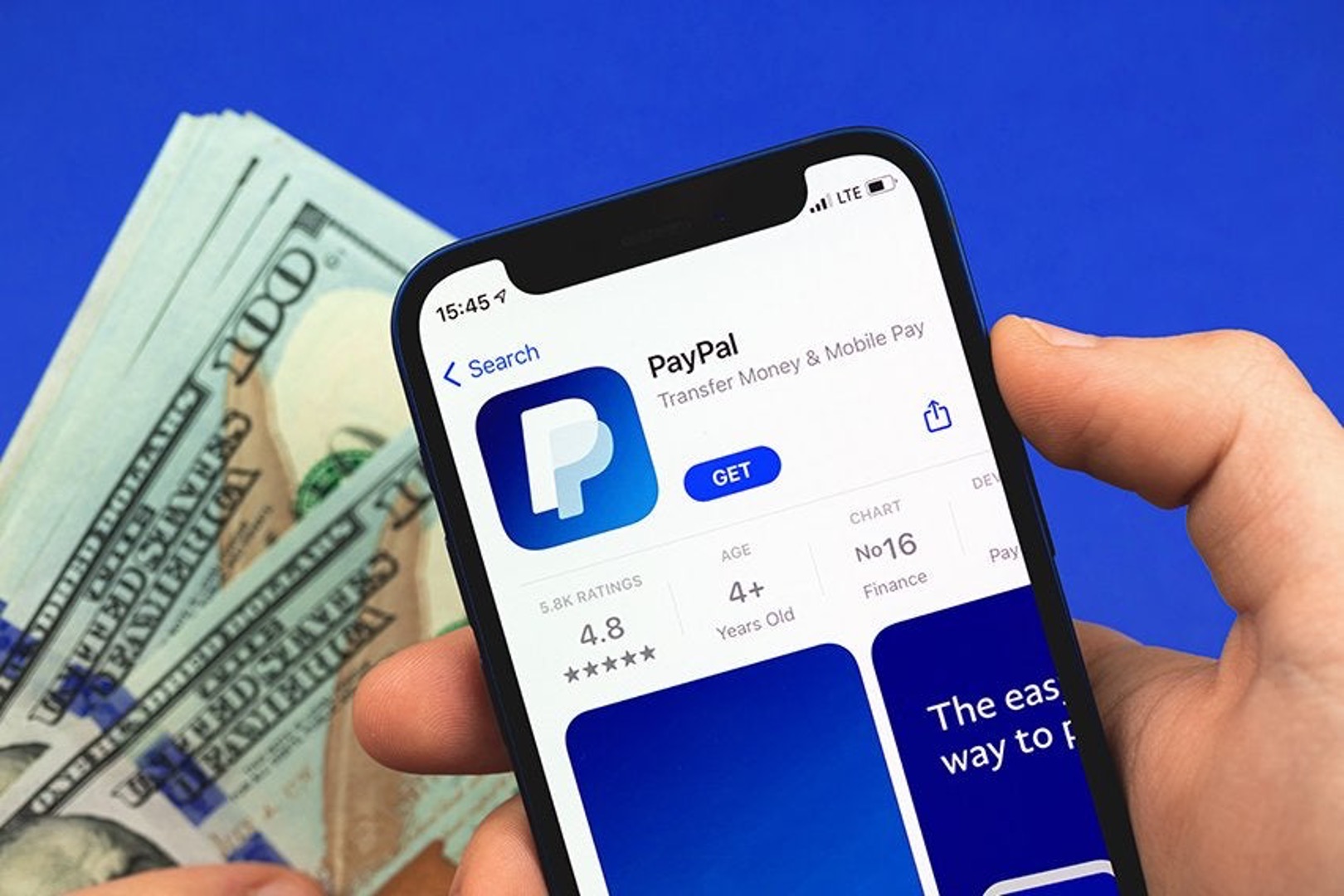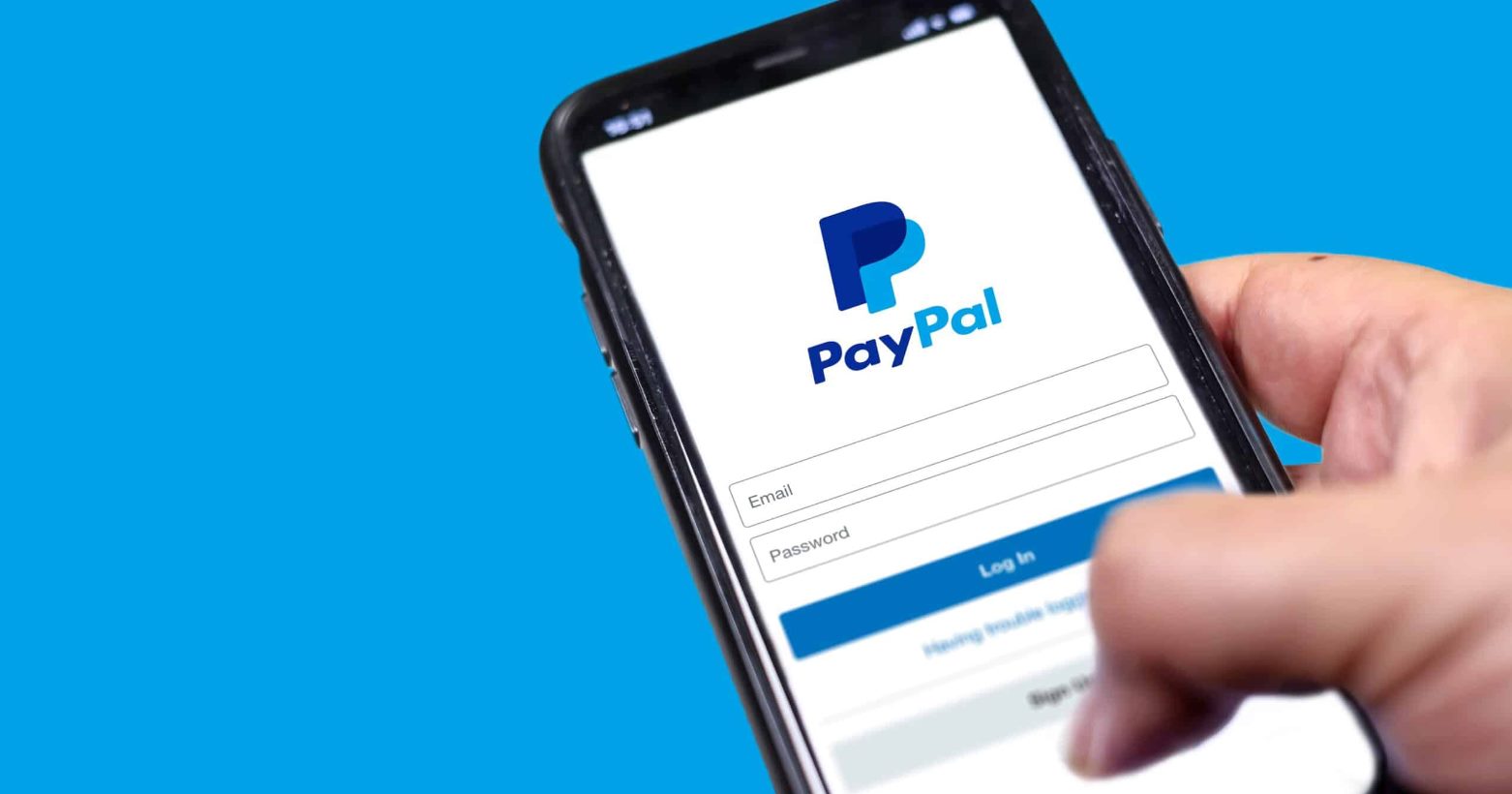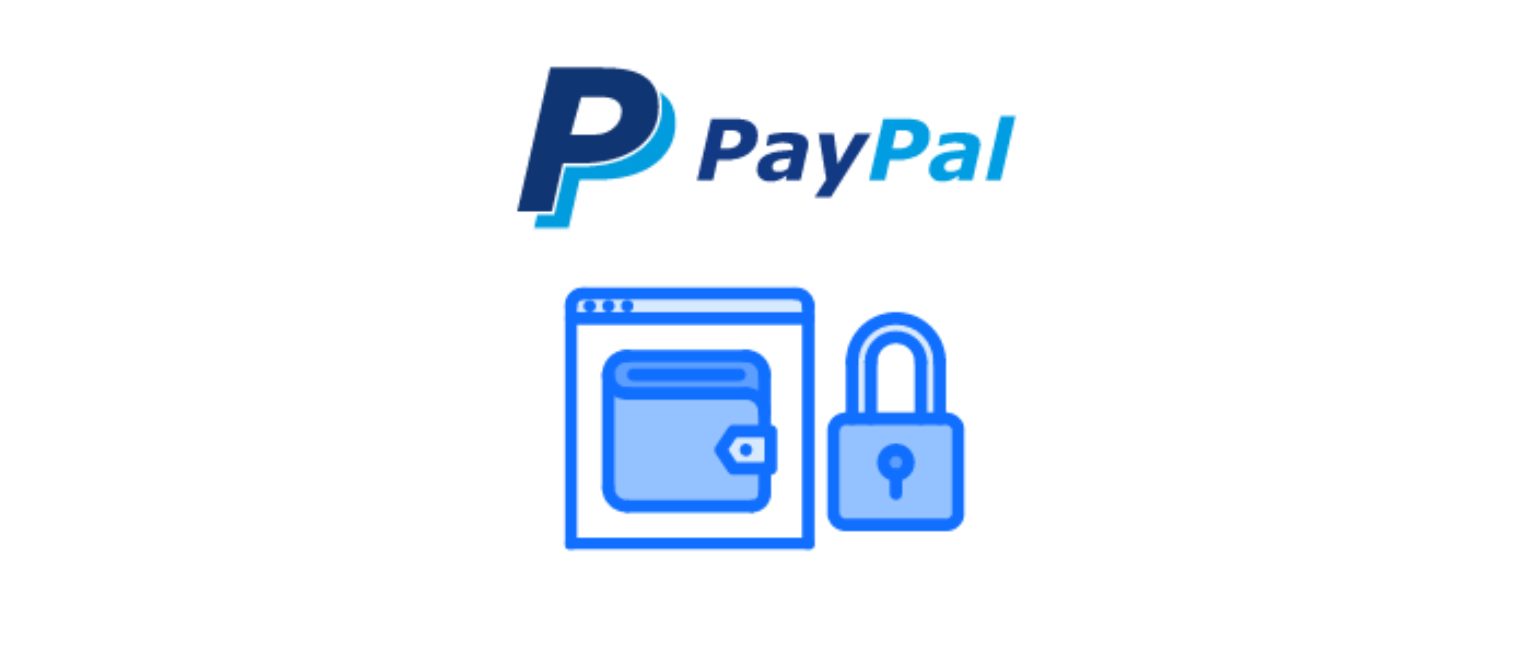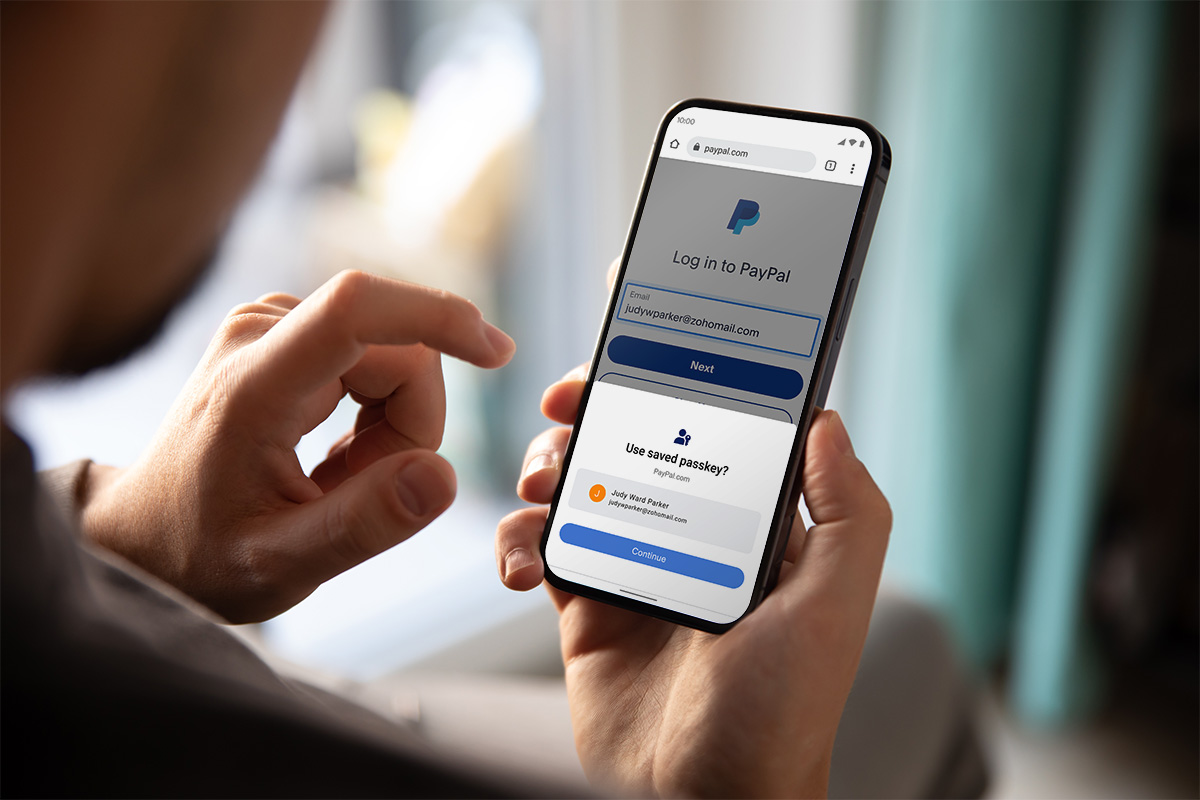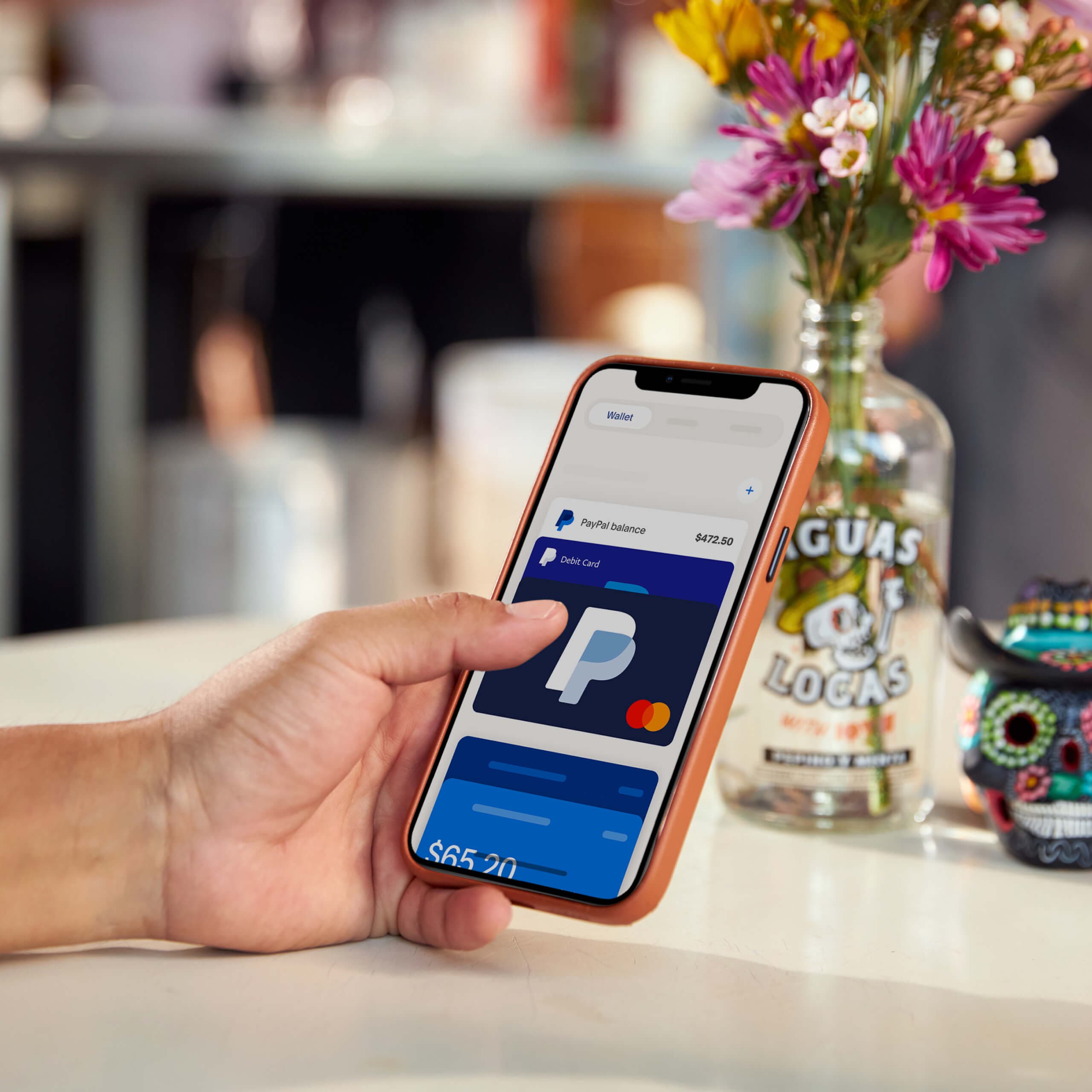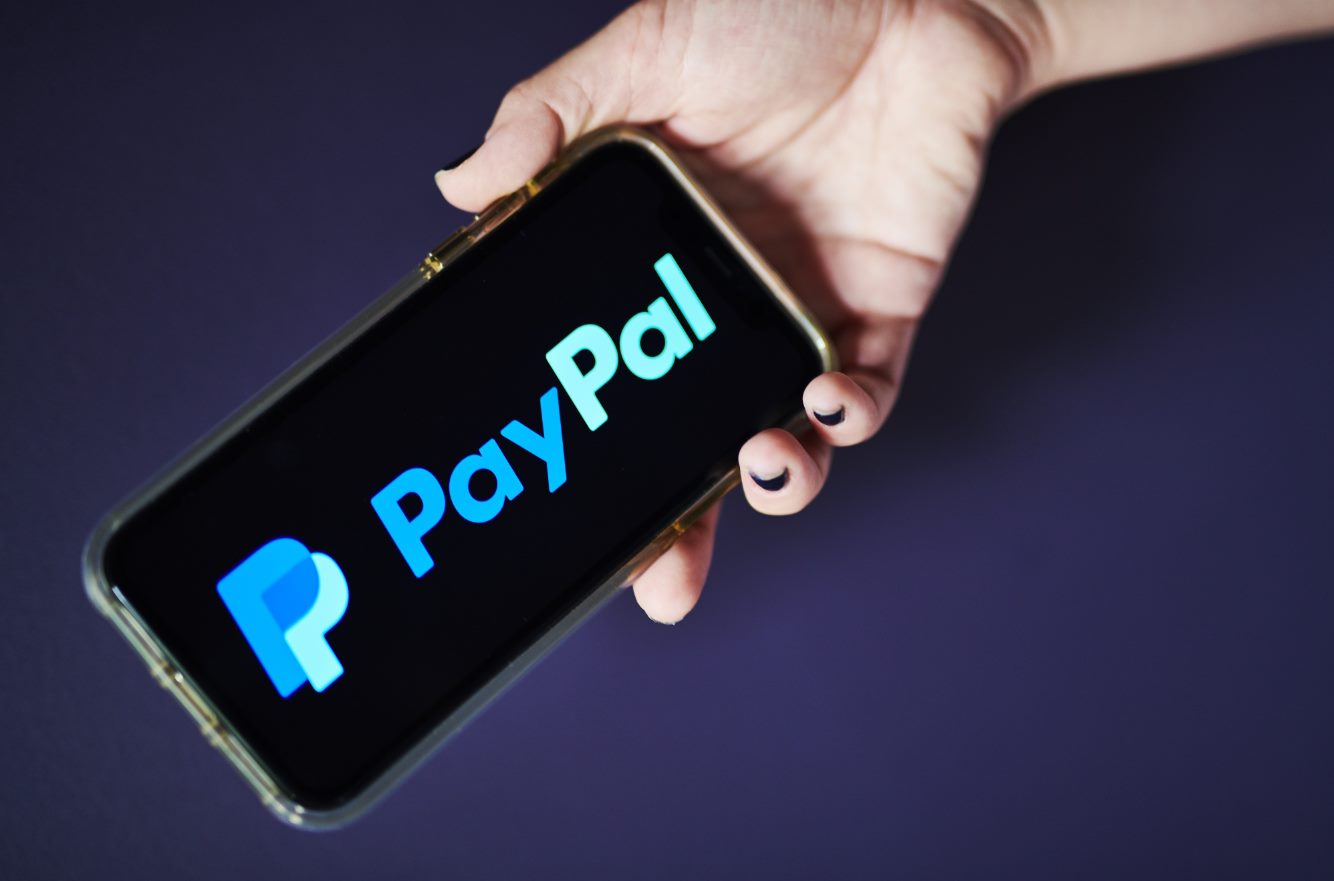Introduction
Welcome to our comprehensive guide on how to close a dispute on PayPal. PayPal is a popular online payment platform that allows individuals and businesses to send and receive money securely. However, there may be instances where you encounter a problem with a transaction, such as a missing item, incorrect order, or fraudulent charge. In such cases, PayPal provides a dispute resolution process to help you resolve the issue and reach a fair solution.
Understanding how the PayPal dispute resolution process works is essential to effectively managing any conflicts that may arise. This guide will walk you through the steps involved in closing a dispute and ensure that you have all the necessary information and resources at your disposal. Whether you’re a buyer seeking a resolution with a seller or a seller dealing with a dispute from a buyer, this guide will help you navigate the process with confidence.
Throughout this guide, we will provide you with detailed instructions, tips, and best practices for each step of the dispute resolution process. From opening a dispute to escalating it to a claim and presenting evidence, we’ll cover it all. We’ll also address common concerns and answer frequently asked questions to ensure you have a clear understanding of the entire process.
It’s important to note that the dispute resolution process on PayPal is designed to facilitate communication and negotiation between buyers and sellers. PayPal strongly encourages both parties to attempt to resolve the issue amicably before escalating the dispute to a claim. This fosters a collaborative approach and increases the likelihood of reaching a satisfactory resolution without the need for PayPal’s intervention.
Now that you understand the purpose and significance of the PayPal dispute resolution process, let’s delve into the steps involved and the strategies you can employ to effectively close a dispute on PayPal. By following the guidance provided in this guide, you’ll be equipped to navigate the process smoothly and achieve a resolution that meets your needs.
Understanding the PayPal Dispute Resolution Process
Before we dive into the specific steps of closing a dispute on PayPal, let’s take a moment to understand the overall dispute resolution process. When a problem arises with a transaction, PayPal provides a platform for buyers and sellers to communicate and work towards a resolution.
The dispute resolution process on PayPal is designed to be fair and impartial, ensuring that both parties have an opportunity to present their case. It is structured in a way that encourages open communication and negotiation between the buyer and seller, aiming to resolve the issue without escalating it further.
The process typically starts with the buyer contacting the seller directly to discuss the problem. If the issue remains unresolved, the buyer can open a dispute through their PayPal account. By opening a dispute, the buyer initiates a formal communication channel with the seller, informing them of the problem and attempting to reach a resolution.
At this point, the seller has an opportunity to respond to the dispute and work towards a solution. PayPal encourages both parties to communicate openly and honestly, providing relevant details and evidence to support their case.
If the buyer and seller are unable to resolve the dispute mutually, the buyer has the option to escalate the dispute to a claim. Escalating a dispute to a claim means involving PayPal in the resolution process. PayPal acts as an impartial mediator, reviewing the information provided by both parties and making a decision based on the evidence presented.
It’s important to note that each step of the dispute resolution process has specific timeframes that both the buyer and seller must adhere to. Failure to respond or take action within these timeframes may result in the dispute being automatically closed in favor of the opposing party.
By understanding the dispute resolution process on PayPal, you can approach any conflicts or issues with confidence. In the following sections, we’ll explore each step of the process in detail, providing you with the knowledge and tools you need to navigate the process effectively and come to a resolution.
Step 1: Communicate with the Seller
When you encounter a problem with a transaction on PayPal, the first step towards resolving the issue is to communicate directly with the seller. Establishing open and transparent communication is key to reaching a resolution that satisfies both parties.
Before jumping into a dispute, it’s important to give the seller an opportunity to address your concerns. In many cases, misunderstandings or mistakes can be rectified through simple communication. Here’s how you can effectively communicate with the seller:
- Stay Calm and Polite: Maintaining a calm, polite, and professional tone will help set a positive tone for the conversation. Remember that effective communication is essential in resolving disputes.
- Contact the Seller: Reach out to the seller through PayPal’s messaging system or any other communication method provided by the seller, such as an email address or phone number. Clearly explain the issue you’re facing and provide relevant details, such as order number, date of purchase, and any supporting documentation.
- Gather Evidence: If applicable, gather any evidence that can support your claim, such as screenshots of conversations, confirmation emails, or tracking numbers. These can strengthen your case during the dispute resolution process.
- Be Patient and Allow Time for Response: Give the seller a reasonable amount of time to respond to your message. Keep in mind that different time zones, weekends, or other factors might impact the response time. Patience is key.
- Document Your Communication: Keep a record of all communication with the seller. This includes messages sent through PayPal’s messaging system and any other form of communication. This documentation can be valuable evidence should the dispute escalate to a claim.
- Consider Escalating if No Resolution is Reached: If you’re unable to reach a satisfactory resolution through direct communication with the seller, you may consider escalating the dispute to a formal claim. Keep in mind that this step should only be taken if all other options have been exhausted.
Remember, the goal of communicating with the seller is to find a mutually beneficial solution. Approach the conversation with an open mind and a willingness to compromise if necessary. Effective communication at this stage can often lead to a swift resolution of the problem without the need for further escalation.
Step 2: Opening a Dispute
If your attempts to communicate with the seller have been unsuccessful or if you believe that the issue cannot be resolved through direct communication, the next step is to open a dispute on PayPal. Opening a dispute notifies both the seller and PayPal that there is a problem with the transaction and initiates the official dispute resolution process.
Here’s how you can open a dispute on PayPal:
- Log In to Your PayPal Account: Access your PayPal account and navigate to the resolution center. The resolution center can typically be found in the top menu or under the “Help & Contact” section.
- Select the Transaction: Locate the transaction that you want to dispute and select it. Ensure that you have all the necessary details, such as the transaction ID or order number, to accurately identify the transaction.
- Choose “Dispute a Transaction”: Look for the option to “Dispute a Transaction” or similar wording. Click on this option to initiate the dispute process.
- Specify the Reason for the Dispute: PayPal will prompt you to choose the reason for the dispute from a list of options. Select the one that best describes the issue you’re facing with the transaction.
- Provide Additional Details: PayPal may ask you to provide additional details about the dispute. Be thorough and include all relevant information to help PayPal understand the situation better.
- Submit the Dispute: Review the information you’ve provided and ensure its accuracy. Once you’re satisfied, submit the dispute to officially open the case.
Once the dispute is opened, PayPal will notify the seller and provide them with the opportunity to respond. The seller will have a specific timeframe to respond to the dispute and attempt to reach a resolution with you.
It’s important to note that opening a dispute does not guarantee a favorable outcome. The outcome will depend on the information and evidence provided by both parties during the dispute resolution process. Therefore, it’s crucial to be clear, concise, and provide any supporting documentation or evidence that strengthens your case.
Opening a dispute on PayPal demonstrates your willingness to resolve the issue and alerts PayPal that you need their intervention. It sets the stage for the next step in the process, which is escalating the dispute to a claim if a resolution cannot be reached.
Step 3: Escalating the Dispute to a Claim
If you and the seller are unable to come to a resolution through the dispute process or if the seller doesn’t respond to your dispute within the specified timeframe, you have the option to escalate the dispute to a claim. Escalating the dispute to a claim involves PayPal’s intervention in the resolution process.
Here’s how you can escalate the dispute to a claim on PayPal:
- Go to the Resolution Center: Log in to your PayPal account and navigate to the resolution center.
- Locate the Dispute: Find the disputed transaction in the resolution center and select it.
- Click on “Escalate to a Claim”: Look for the option to “Escalate to a Claim” or similar wording, and click on it to escalate the dispute to a claim.
- Review the Information: PayPal will present you with a summary of the dispute and give you the opportunity to review the details before escalating. Ensure that all the information is accurate and reflects the issue you’re facing.
- Escalate the Dispute: If you’re satisfied with the information provided, proceed to escalate the dispute to a claim.
Once the dispute is escalated to a claim, PayPal will review the case and make a decision based on the information provided by both parties. It’s important to note that PayPal generally aims to resolve claims within a specific timeframe, but the process may take longer depending on the complexity of the situation.
During the claim process, PayPal may request additional information or evidence from both the buyer and the seller. It’s crucial to promptly provide any requested details to ensure a smooth and timely resolution.
Escalating the dispute to a claim signifies that you have exhausted all possibilities for resolving the issue directly with the seller and now require PayPal’s involvement. PayPal acts as an impartial mediator, carefully reviewing the case and making fair decisions based on the available evidence.
By escalating the dispute to a claim, you give yourself the best chance of obtaining a favorable resolution to your dispute. However, keep in mind that PayPal’s resolution may vary depending on the circumstances and evidence provided.
Now that you’ve successfully escalated the dispute to a claim, the next step is to provide any additional evidence or details requested by PayPal to support your case.
Step 4: Providing Evidence
When you escalate a dispute to a claim on PayPal, it becomes crucial to provide any necessary evidence to support your case. Evidence plays a significant role in helping PayPal make an informed decision and reach a fair resolution. Therefore, it’s important to gather and present relevant evidence that strengthens your position.
Here are some key points to consider when providing evidence during the PayPal dispute resolution process:
- Gather Relevant Documentation: Collect any relevant documents, such as order confirmations, receipts, tracking numbers, or screenshots of conversations. These documents can support your claims and demonstrate the validity of your concerns.
- Organize the Evidence: Compile the evidence in a clear and organized manner. You can create a folder on your computer or device specifically for the dispute resolution process, or you can use online cloud storage to store and share the evidence with PayPal.
- Include Detailed Explanations: When providing evidence, ensure that you provide clear explanations for each piece of evidence and how it relates to the dispute. This will help PayPal understand the significance of the evidence and its relevance to your case.
- Be Concise and Relevant: Focus on presenting evidence that directly supports your claim. Avoid including unnecessary or unrelated information that may confuse or dilute your case.
- Submit Evidence Promptly: PayPal may have specific deadlines for submitting evidence. It’s important to review these deadlines carefully and submit your evidence within the specified timeframe. Failure to do so may adversely impact the progress of your claim.
- Follow PayPal’s Guidelines: Take note of any guidelines or instructions provided by PayPal regarding the submission of evidence. Adhering to these guidelines will help ensure that your evidence is accepted and considered during the resolution process.
By providing convincing and well-documented evidence during the dispute resolution process, you increase the chances of obtaining a favorable outcome. Your evidence should directly address the issue at hand and present a clear picture of why you believe the resolution should be in your favor.
Remember that PayPal’s decision will be based on the evidence presented by both parties. Therefore, it’s essential to provide evidence that is reliable, relevant, and represents your perspective accurately.
Now that you’ve gathered and organized your evidence, it’s time to submit it to PayPal and await their decision. The final step in the dispute resolution process is reaching a resolution based on the evidence and information provided.
Step 5: Reaching a Resolution
After providing evidence, PayPal will review the case and make a decision based on the information provided by both parties. The goal of this step is to reach a resolution that is fair and satisfactory to all parties involved.
Here’s what you can expect when reaching a resolution during the PayPal dispute resolution process:
- Waiting for PayPal’s Decision: Once you’ve provided the necessary evidence, it’s time to wait for PayPal’s decision. PayPal typically aims to resolve disputes and claims within a specific timeframe. However, the resolution process may take longer if the case is complex.
- Considering PayPal’s Decision: PayPal will evaluate the evidence and come to a decision based on their policies and guidelines. They will notify both the buyer and the seller of the decision through their PayPal account.
- Accepting or Appealing the Decision: Depending on the outcome of PayPal’s decision, you have the option to accept the decision or appeal it if you believe there is additional information or evidence that was not considered. Follow PayPal’s instructions on how to proceed in either case.
- Adhering to the Resolution: If you and the other party agree to the resolution or if PayPal has made a final decision, it’s important to adhere to the resolution. This may involve returning or refunding funds, shipping items back, or taking other agreed-upon actions.
Reaching a resolution is the ultimate goal of the PayPal dispute resolution process. While it’s ideal to settle the dispute amicably between the buyer and the seller, sometimes PayPal’s intervention is required to achieve a fair outcome.
Keep in mind that PayPal’s decision is based on the available evidence and their assessment of the situation. It’s important to approach the resolution process with realistic expectations and be prepared to accept the final decision.
By following the guidelines and providing thorough evidence throughout the process, you maximize your chances of reaching a resolution that is favorable and fair.
Now that a resolution has been reached, the final step is to close the dispute and consider any further actions required, such as leaving feedback or ratings based on your experience with the transaction.
Step 6: Closing the Dispute
Once a resolution has been reached and the dispute has been resolved, the final step in the PayPal dispute resolution process is to officially close the dispute. Closing the dispute signifies that the matter has been resolved to both parties’ satisfaction and brings the process to a close.
Here’s how you can close a dispute on PayPal:
- Log In to Your PayPal Account: Access your PayPal account and go to the resolution center.
- Find the Resolved Dispute: Locate the previously disputed transaction that has reached a resolution.
- Click on “Close Dispute”: Look for the option to “Close Dispute” or similar wording, and click on it.
- Confirm the Closure: PayPal will ask you to confirm the closure of the dispute. Ensure that you’re satisfied with the resolution before proceeding.
- Provide Feedback (Optional): PayPal may give you the opportunity to provide feedback or rate your experience with the dispute resolution process. Take the time to share your feedback and ratings if desired.
By officially closing the dispute, you indicate that you consider the matter fully resolved. It also allows PayPal to update their records regarding the transaction and the dispute.
It’s important to note that once a dispute is closed, it’s typically not possible to reopen it. Therefore, it’s crucial to carefully consider the resolution before closing the dispute.
After closing the dispute, it’s a good practice to review the overall experience and take any necessary steps to prevent similar issues from occurring in the future. This may involve reviewing sellers’ profiles and ratings, improving communication strategies, or being more diligent in reviewing transactions before proceeding.
By following the six steps of the PayPal dispute resolution process and actively participating in the process, you ensure that any transaction problems or conflicts can be effectively addressed and resolved.
Remember that the dispute resolution process is a valuable tool to protect both buyers and sellers, fostering a safer and more trustworthy environment for online transactions.
We hope this guide has provided you with the necessary information and guidance to successfully close a dispute on PayPal and achieve a satisfactory outcome.
Conclusion
Resolving disputes on PayPal can be a straightforward process if you follow the necessary steps and provide clear communication and evidence. By understanding the PayPal dispute resolution process and actively participating in each stage, you enhance your chances of reaching a fair and satisfactory resolution.
From the initial step of communicating with the seller to the final step of closing the dispute, each stage plays a vital role in finding a resolution that meets your needs. Remember to remain calm, polite, and professional throughout the process, as effective communication is key in resolving disputes.
Opening a dispute allows you to initiate the formal communication process and inform the seller of the problem. If a resolution cannot be reached directly with the seller, escalating the dispute to a claim involves PayPal’s intervention. The submission of clear and relevant evidence plays a crucial role in helping PayPal make an informed decision.
Reaching a resolution is the ultimate goal of the dispute resolution process. Whether it involves a refund, return of goods, or any other agreed-upon action, adhering to the resolution ensures a successful conclusion to the dispute.
Closing the dispute officially signifies that the matter has been resolved. Take the opportunity to provide feedback and ratings to help improve the overall PayPal experience for all users.
We hope this comprehensive guide has equipped you with the knowledge and strategies to effectively close a dispute on PayPal. Remember to approach the process with patience, understanding, and a willingness to compromise when necessary.
By utilizing the PayPal dispute resolution process, you contribute to creating a safer and more reliable online marketplace. PayPal’s commitment to fair dispute resolution ensures that both buyers and sellers have a platform to address transaction issues and work towards a satisfactory outcome.
Now that you have a clear understanding of the process, you can confidently navigate any potential disputes on PayPal and resolve them successfully. Happy resolving!










